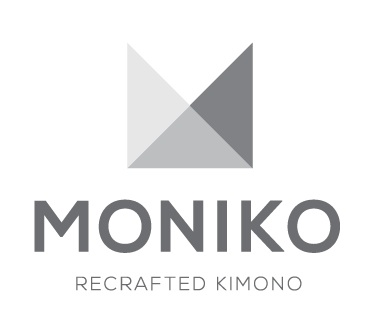$40.00 USD
| /
Our handy mini pouch, will keep a few essentials together, stylishly.
Can be paired with the larger Hidari Wristlet Pouch as a set.
A very brightly coloured collection of popular Japanese design motifs adorn this fabric, including 'ume' blossom, 'Kiku’, ‘kikyo’ and ‘tsubaki’ flowers, and ‘momiji’, ‘sasa’ and ‘matsu’ trees.
Kiku, the chrysanthemum, is the flower of the Imperial House and and often used icon of Japan itself (it features on Japanese passports). It represents rejuvenation and longevity.
Japanese meaning of Kikyo is Pentagram, as the Bellflower has five petals. It is an important symbol in Taoism as each petal represents an element: wood, fire, earth, metal and water. It is a common ‘mon’ family crest.
Tsubaki, the camellia flower, was historically part of the Japanese wedding tea ceremony, symbolising life and promise.
Ume, the Plum Blossom is a very popular symbol on fabrics. It is a favourite within the range of Japanese designs: it’s beauty and fragrance has been reflected in many poems. It is the first of the year to bloom, and therefore represents endurance. It became a symbol of good fortune, as is used for New Year decorations.
Sasa, bamboo, is known for it's flexibility and strength, therefore the motif signifies strength of character.
Momiji, maple leaves symbolise autumn. Japanese traditionally admire and revere autumnal leaves just as they celebrate blossom in the spring.
Matsu, the Pine Tree, It is a hardy plant that symbolises strength and long life. Samurai often planted these trees: it was believed that the long needle-like leaves, Matsuba, protected them from demons.
The pattern of square ‘dots’ represents shibori, the Japanese miniature tie-dye technique. The design is further enhanced by gold printed areas.
This vintage kimono was sourced from the Osaka area of Japan. It is approximately 30 years old.
Handmade by self help groups in Cambodia.
Dimensions: 18cm x15cm.
